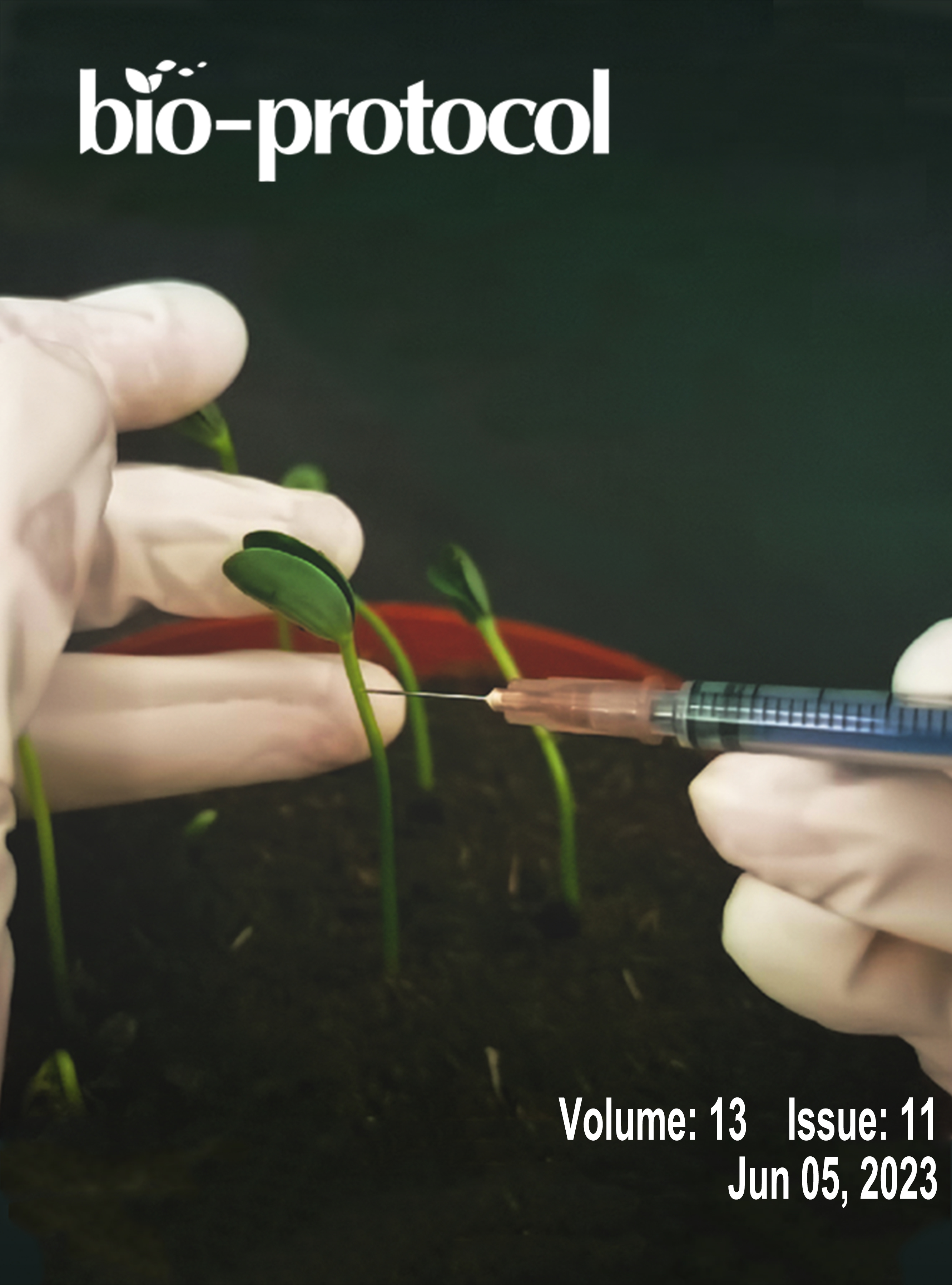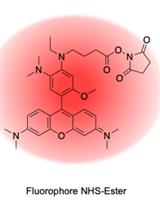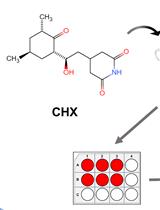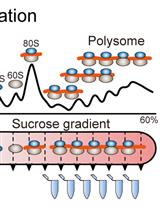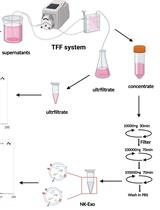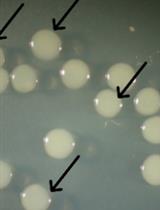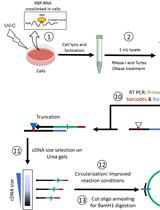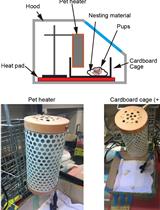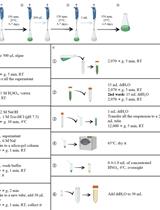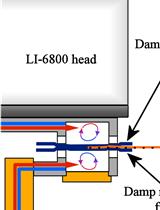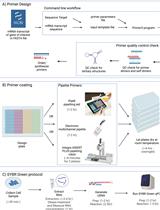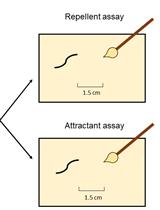Automated 384-well SYBR Green Expression Array for Optimization of Human Induced Pluripotent Stem Cell Differentiation
Cell populations and tissues exhibit unique gene expression profiles, which allow for characterizing and distinguishing cellular subtypes. Monitoring gene expression of cell type–specific markers can indicate cell status such as proliferation, stress, quiescence, or maturation. Quantitative reverse transcriptase PCR (qRT-PCR) allows quantifying RNA expression of cell type–specific markers and distinguishing one cell type from another. However, qRT-PCR methods such as TaqMan technology require fluorescent reporters to characterize target genes and are challenging to scale up as they need different probes for each reaction. Bulk or single-cell RNA transcriptomics is time-consuming and expensive. Processing RNA sequencing data can take several weeks, which is not optimal for quality control and monitoring gene expression, e.g., during a differentiation paradigm of induced pluripotent stem cells (iPSCs) into a specialized cell type.A more cost-effective assay is based on SYBR Green technology. SYBR Green is a nucleic acid dye that binds to double-stranded DNA, absorbs blue light at 497 nm, and emits green light at 520 nm up to 1,000-fold upon intercalation with double-stranded DNA. Amplification of a region of interest can be quantified based on the level of fluorescence intensity when normalized to a housekeeping gene and compared to control conditions. Previously, we established a SYBR Green qRT-PCR protocol to characterize samples using a limited set of markers plated on a 96-well plate.Here, we optimize the process and increase throughput to a 384-well format and compare mRNA expression to distinguish iPSC-derived neuronal subtypes from each other by increasing the number of genes, cell types, and differentiation time points. In this protocol, we develop the following: i) using the command-line version of Primer3 software, we design primers more easily and quickly for the gene of interest; ii) using a 384-well plate format, electronic multichannel pipettes, and pipetting robots, we analyze four times more genes on a single plate while using the same volume of reagents as in a 96-well plate. The advantages of this protocol are the increased throughput of this SYBR Green assay while limiting pipetting errors/inconsistencies, reagent use, cost, and time.Graphical overviewFigure 1. Overall optimized SYBR Green qRT-PCR workflow. (A) Primers are designed through the command-line version of Primer3. The program takes a couple of files as arguments: 1) an input file containing a sequence of the region of interest and a target, and 2) settings file with custom settings and primer picking conditions. The results are saved to a text file, checked for secondary and tertiary structures, then synthesized. (B) Primers are then plated using either multichannel pipettes with a pipetting aid or an automated pipetting robot. Plates are left to dry at room temperature and can be stored for an indefinite time. (C) Meanwhile, RNA is extracted from cell samples, reverse-transcribed into cDNA, then plated onto pre-coated 384-well plates. SYBR Green qRT-PCR is run and analyzed with QuantStudio software and Microsoft Excel.


